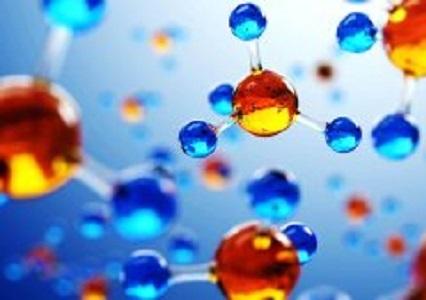Quantum computer is considered one of the most important developing technologies, on which huge investments are made in prestigious research centers of the world. In general, a quantum computer is a machine that uses properties of quantum mechanics such as quantum superposition and entanglement to perform calculations and process information. The use of these features leads to the quantum computer performing calculations with a higher speed and less computational space than a classical computer. Calculations in a quantum computer are performed by implementing quantum algorithms. The quantum algorithm solves a problem step by step, similar to the classical algorithm, with the difference that it uses quantum properties. The quantum algorithm in its simplest form is a set of successive quantum gates that act on a certain initial state and after the relevant measurements on the final state, it gives the answer to a certain problem with a very high probability. The quantum algorithm is able to solve problems that the classical algorithm cannot solve with a very high speed and in a short period of time. However, running a quantum algorithm requires hundreds or perhaps thousands of qubits. On the other hand, the errors that occur during the execution of the algorithm must also be corrected.
Quantum algorithms are used in various fields such as data searching, cryptography, optimization, solving linear equations, materials design, pharmaceutical research, modeling chemical and physical reactions, and simulating chemical molecules. Therefore, due to the many applications of quantum algorithms, their investigation and study is very important.
One of the most important applications of a quantum computer in the field of chemistry and in particular is the determination of the electronic structure of molecules, which is very important in the field of computational chemistry and quantum chemistry, so that it is interpreted as the heart of computational chemistry. One of the most important goals of determining the electronic structure of molecules is to calculate the energy of the ground state of the molecule, which plays an important role in obtaining information about the stable structure of the molecule, spectroscopic properties of the molecule, and the mechanism and speed of chemical reactions.
However, due to the existence of electron correlations in the molecular Hamiltonian, determining the electronic structure of molecules is associated with a serious computational challenge, especially with the increase of the system size and the number of electrons. As a result, approximate methods such as Hartree-Fock (HF) or methods with higher accuracy such as Full Configuration Interaction (FCI) are used to solve the ground state energy problem.
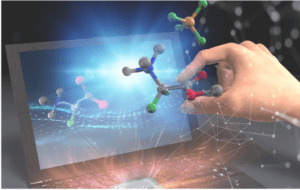
In recent years, theoretical and experimental studies have been carried out to solve the molecular ground state energy problem using quantum algorithms. One of the leading quantum algorithms that are used to determine the electronic structure of molecules is the VQE (Variational Quantum Eigensolver) algorithm, which is considered one of the quantum-classical hybrid algorithms. The first experimental study carried out in this field is the estimation of the ground state energy of helium hydride ion HeH+ on a quantum computer using the VQE algorithm, which was published in Nature Communications in 2014. Since then, this algorithm has played a significant role in the use of quantum computers in determining the electronic structure of molecules. In general, in the VQE algorithm, the eigenvalue of the minimum molecular Hamiltonian (molecular ground state energy) is estimated based on the Variational Principle in quantum mechanics. In this algorithm, the initial state of the system according to the desired problem is provided by different methods such as Unitary Coupled Cluster, which is a parametric state. Then, this parametric state called ansatz is sent to a quantum computer and quantum measurements are performed on it. Next, the measurement results, which are a function of the parameters, are sent to a classical computer. By performing optimization, the classical computer reproduces a new set of parameters, which are returned to the quantum computer, and this loop is repeated until the optimal parameter is found and the energy of the molecule is minimized. The important point is that since this algorithm also uses a classical computer, the number of qubits required for quantum simulation is reduced.
Commonly, computational chemistry methods that are based on quantum chemistry are used to calculate the ground state energy and electronic structure of molecules, which increases the number of particles, the simulation process will be time-consuming, and deviations from the desired experimental results may be observed. For this reason, the use of quantum algorithms for the simulation process has been suggested to increase the speed and accuracy of the simulation process. However, with the increase in the number of electrons in the structure of molecules and the need for a higher number of qubits in the quantum simulation process (based on the number of electrons and orbitals in the molecular orbital diagram), this area of quantum computing technology is challenged by the limitation in the number of available qubits is facing.
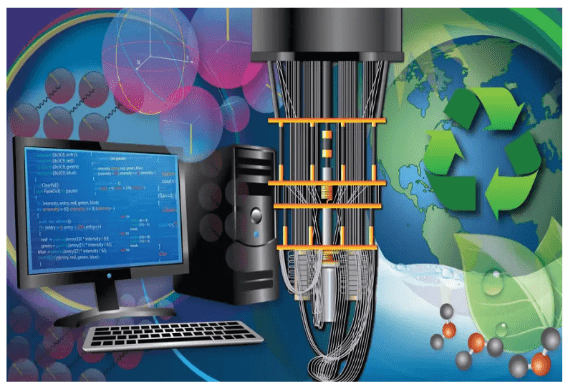
Therefore, the theoretical and sometimes experimental studies conducted in this field are limited to relatively simple molecules and chemical structures such as hydrogen and water molecules. Although methods have been proposed to reduce the number of qubits required for quantum simulation of chemical molecules, it seems that in the near future, with the increase in the number of available qubits, it will be possible to determine the electronic structure of more complex chemical structures on a quantum computer.

